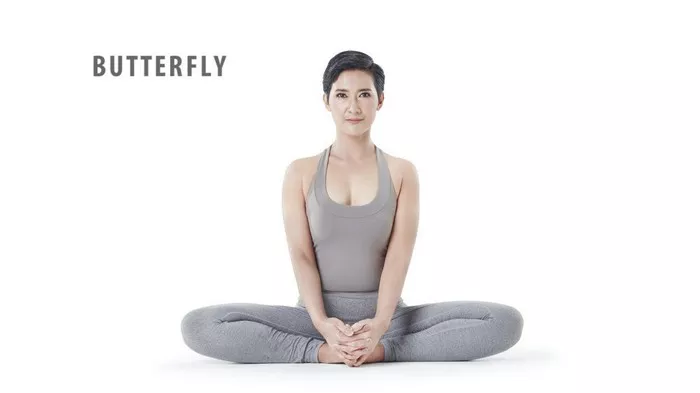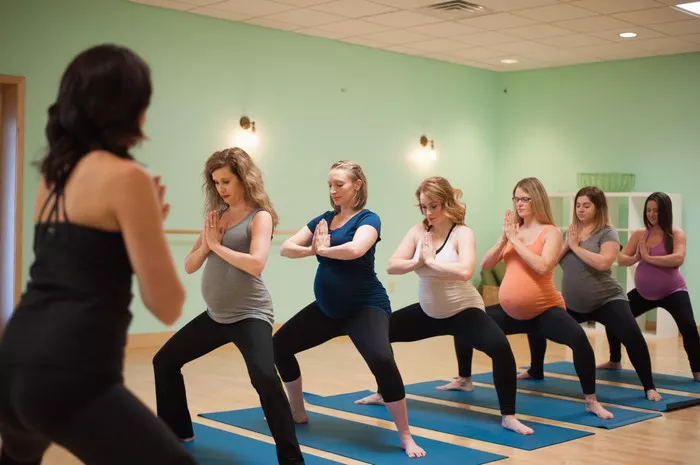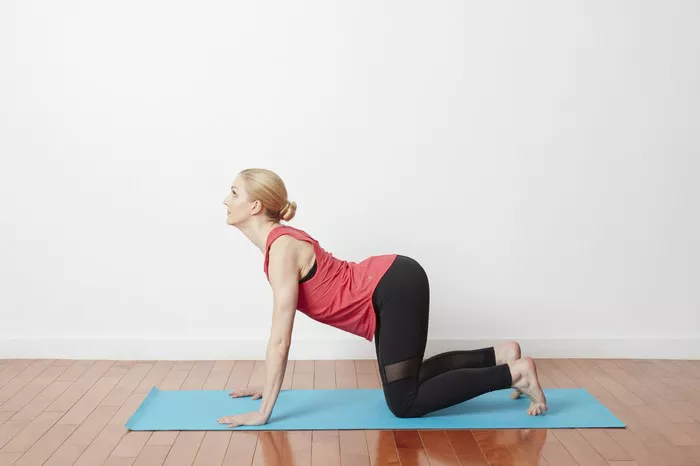In the whirlwind of a toddler’s world, finding moments of calm can feel like a distant dream for parents and caregivers. Yet, amidst the chaos, lies an opportunity to introduce little ones to the practice of yoga. Yoga offers more than just physical benefits; it cultivates mindfulness, body awareness, and emotional regulation from a young age. In this article, we’ll explore five simple yoga poses specifically designed for toddlers, making mindfulness and movement accessible and enjoyable for both child and caregiver.
1. Butterfly Pose (Baddha Konasana):
- Sit on the floor with your legs extended.
- Invite your toddler to sit opposite you.
- Gently bend your knees and bring the soles of your feet together, allowing your knees to fall open.
- Hold hands with your toddler and gently flap your “butterfly wings” up and down.
- Encourage your toddler to join in the movement, noticing the gentle opening in the hips and the rhythm of the breath.
Benefits: Butterfly pose is a gentle hip opener that promotes flexibility and mobility in the hips and groin area. It also encourages bonding between caregiver and child through synchronized movement and touch.
Precautions: Ensure that your toddler’s knees are comfortable in this position. Avoid pushing or forcing the knees down if there is any discomfort. If your child has any hip or knee injuries, consult a pediatrician or healthcare provider before attempting this pose.
2. Tree Pose (Vrksasana):
- Stand tall with your feet hip-width apart.
- Encourage your toddler to stand beside you.
- Shift your weight onto one leg and firmly press the sole of your opposite foot into the inner thigh or calf of your standing leg.
- Bring your hands together at your heart center or extend them overhead like branches.
- Encourage your toddler to find their balance by rooting their foot into the ground and reaching their arms overhead.
Benefits: Tree pose promotes balance, concentration, and body awareness. It strengthens the muscles of the legs and core while fostering a sense of stability and groundedness.
Precautions: Keep a close eye on your toddler to prevent them from losing balance and falling. Ensure that the surface they are standing on is non-slippery to avoid accidents. If your child has any ankle or foot injuries, support them with a chair or wall for balance.
3. Cat-Cow Stretch:
- Come to a tabletop position on your hands and knees, with your wrists aligned under your shoulders and your knees under your hips.
- Invite your toddler to join you on all fours beside you.
- Inhale as you arch your back, lifting your tailbone and chest towards the ceiling (Cow Pose).
- Exhale as you round your spine, tucking your chin to your chest and drawing your navel towards your spine (Cat Pose).
- Flow between Cat and Cow Pose with your toddler, syncing your breath with movement.
Benefits: Cat-Cow stretch helps to mobilize and strengthen the spine while promoting coordination and breath awareness. It also provides a gentle massage to the abdominal organs, aiding digestion and relieving any tension in the back.
Precautions: Encourage your toddler to move slowly and gently to avoid strain on their back or neck. If your child has any spinal issues or injuries, consult a healthcare professional before practicing this pose.
4. Downward-Facing Dog (Adho Mukha Svanasana):
- From a tabletop position, tuck your toes under and lift your hips towards the ceiling, coming into an inverted V shape.
- Keep your hands shoulder-width apart and your feet hip-width apart.
- Invite your toddler to crawl underneath you and peek out between your legs.
- Encourage them to reach their hands forward and press their palms into the ground, lengthening their spine.
Benefits: Downward-Facing Dog is a rejuvenating pose that stretches the entire body, including the shoulders, hamstrings, calves, and spine. It also helps to calm the mind and relieve stress and fatigue.
Precautions: Ensure that your toddler’s neck and spine are in alignment in this pose. Avoid forcing the heels to the ground if it causes discomfort in the calves or hamstrings. If your child has any wrist or shoulder injuries, support them with a cushion or yoga block under their hands.
5. Child’s Pose (Balasana):
- From a kneeling position, sit back on your heels and fold forward, bringing your forehead to rest on the ground.
- Extend your arms alongside your body or reach them forward, resting your palms on the ground.
- Invite your toddler to nestle in between your legs, mimicking the shape of a little seedling.
Benefits: Child’s Pose is a comforting and grounding posture that promotes relaxation and introspection. It gently stretches the spine, hips, and thighs while calming the nervous system and encouraging deep, diaphragmatic breathing.
Precautions: Ensure that your toddler feels comfortable and secure in this pose. If they have any difficulty breathing or feel claustrophobic, encourage them to lift their head slightly or place a cushion under their forehead for support. If your child has any knee or ankle injuries, provide extra padding under their knees for comfort.
Conclusion
Incorporating yoga into a toddler’s daily routine offers numerous physical, mental, and emotional benefits. These five simple yoga poses provide a foundation for mindfulness and movement, fostering connection, balance, and well-being for both child and caregiver. Remember, the key is to approach yoga with a sense of playfulness and curiosity, allowing toddlers to explore their bodies and breath in a supportive and nurturing environment. As you embark on this journey together, may you find moments of joy, presence, and peace amidst the ever-changing landscape of toddlerhood.
























